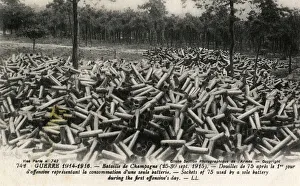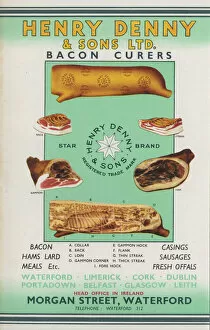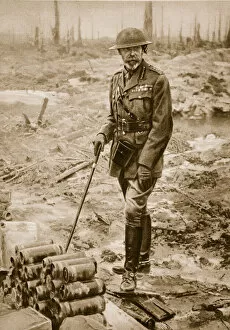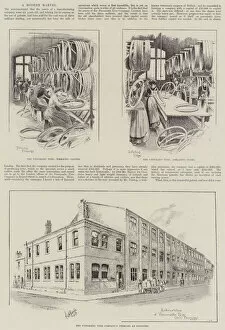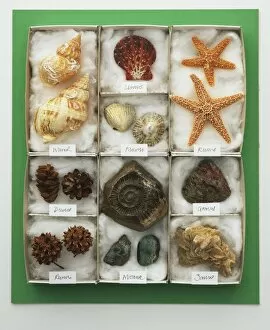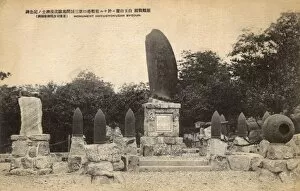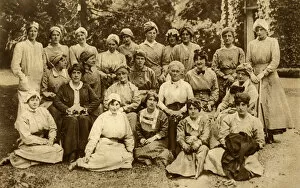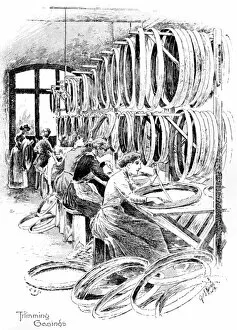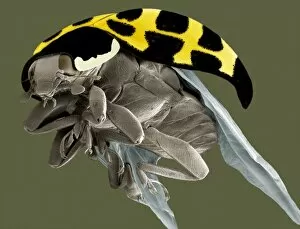Casings Collection
"Casings: Witnessing the Legacy of War and Innovation" Amidst the chaos of World War I's Battle of Champagne, spent shell casings littered the battlefield
All Professionally Made to Order for Quick Shipping
"Casings: Witnessing the Legacy of War and Innovation" Amidst the chaos of World War I's Battle of Champagne, spent shell casings littered the battlefield, bearing witness to the destructive power unleashed. At three thousand meters above ground, a vivid colour lithograph captures the intensity and scale of this historic conflict. Flipping through an Army and Navy Stores Catalogue from 1939-40, one comes across a captivating colour lithograph showcasing various casings. These meticulously crafted objects symbolize both military might and technological advancements that defined an era. In a poignant black-and-white photograph titled "King George V in Flanders, " we see the monarch standing amidst war-torn landscapes adorned with discarded casings. This image serves as a reminder of the sacrifices made by countless soldiers during those tumultuous years. Delving into history further, sketches depicting the Pneumatic Tyre Company reveal how even industries adapted to wartime demands. Engravings showcase tire casings being meticulously manufactured, highlighting innovation amid adversity. A visit to Hakugyokuzan Ryojun's Martyrs Monument in Port Arthur unveils another facet of casings' significance. This memorial stands tall as a tribute to fallen heroes who fought valiantly during conflicts where such shells played pivotal roles. The impact on society is evident through images capturing women munitions workers during WWI. Titled Women Munitions Workers proudly display their contribution towards manufacturing these vital components for warfare alongside French women working diligently in munitions factories – their dedication forever etched in history. Beyond warfare lies ingenuity; electromagnets release cracker balls crushing scrap metal while facilitating recycling efforts—a testament to resourcefulness born out of necessity. Tracing back time reveals early stages of tire production at Dunlop—casings trimmed with precision before wires are inserted delicately—an intricate process that laid foundations for modern transportation systems we rely upon today.

